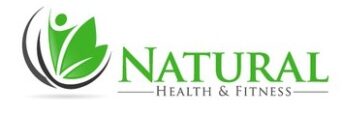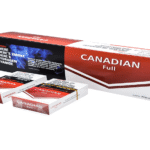
Something odd is happening in the cleaning aisle. Those boring products we grab without thinking twice are changing fast. Soap isn’t just soap anymore. Detergent comes in sheets now, not jugs. The whole thing feels like someone finally asked why we’ve been doing things the same way since forever.
The Science Behind the Simple
Labs across the country are shrinking cleaning power into tiny packages. A thin sheet washes a whole load of laundry. A single drop of soap cleans a sink of greasy pans. How? Chemistry got clever.
Scientists cracked the code on making ingredients sleep until water wakes them up. Or heat. Sometimes just rubbing them between your hands does the trick. This ensures no waste. You use only what is necessary, when it is needed. No more dumping extra down the drain because you poured too much.
The packaging shrinkage is wild. That heavy detergent jug your mom lugged home from the store? Now it’s a pack of strips that weighs less than a sandwich. Delivery trucks burn way less gas hauling this stuff around. Store shelves hold triple the inventory. The knock-on effects keep piling up in ways nobody expected.
Smart Design Solves Real Problems
Some of these changes fix issues people didn’t realize bugged them. Cleaning pods stopped the daily annoyance of sticky detergent caps and measuring cups. But then something interesting happened. Elderly people with weak grip strength could suddenly do laundry again without help. Parents discovered their kids couldn’t make bubble mountains all over the laundry room floor anymore.
Travel got less annoying too. Solid shampoo bars and mouthwash tablets from a brand like Ecofam sail through airport security. No more stuffing liquids into plastic bags. Hotels replaced small bottles with wall-mounted dispensers. Backpackers can now fit a month’s soap supply in the space of one bottle.
City apartments feel bigger when bathroom supplies shrink down. Dorm rooms actually have storage space left over. Even houses with plenty of room appreciate cupboards that aren’t jammed with giant bottles. Who knew cleaning products were such space hogs until they weren’t?
The Money Math Makes Sense
Let’s talk dollars. Companies hate admitting this, but concentrated stuff often works out cheaper. Yes, that first purchase stings a bit. The laundry sheets cost more than a jug of detergent. Then you realize they wash twice as many loads. That bar of dish soap outlasts three bottles of the liquid goop.
Stores love the lighter shipments. Fewer trucks, less fuel, smaller storage needs; it adds up quick. Sometimes they share those savings with shoppers. Sometimes they pocket it. Either way, smart buyers started tracking cost per use instead of cost per bottle. The “fancy” concentrated option often becomes the budget choice when you run the numbers. People are catching on. They’re keeping notes on how long stuff actually lasts. They’re surprised when that pricey-looking solid cleaner is still going strong months later while they would’ve bought three regular bottles by now.
Conclusion
This shift is picking up speed. Research labs are cooking up surfaces that barely need cleaning at all. Packaging that tells you when stuff expires could stop people from tossing perfectly good products. Some companies are testing systems that watch your usage and ship refills right before you run out; no subscription needed, just smart tracking.
What began as an environmental push morphed into better products overall. Nobody planned for daily essentials to become interesting. Yet, here we are, excited about cleaning supplies. Daily life became easier, and the area under the sink is now tidy. The future of clean was obvious, awaiting discovery.






Leave a Reply
You must be logged in to post a comment.